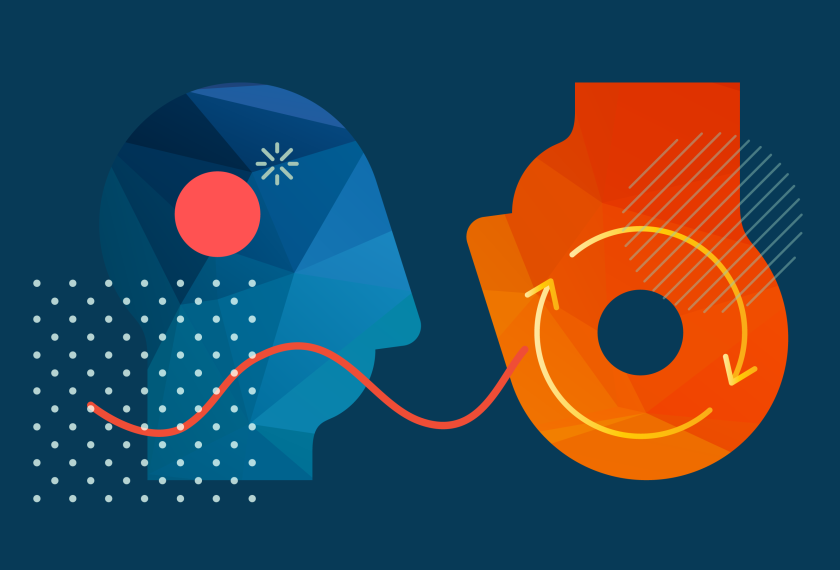It’s 2nd block, and my students begin to file in. I read the reminders scribbled on Post-It notes around my computer: A fire drill is scheduled for today. I know it can’t happen during lunch, and the weather forecast called for temperatures in the high 80’s later in the day, nixing 4th block as well.
A fire drill will most likely happen during this block. As my students take their seats and begin the warm-up activity, I quickly consider how to rearrange my lesson plan. What’s most important? The fire alarm sounds, interrupting my internal debate.
Scenes like this play out in schools every day. Interruptions beyond teachers’ control occur so regularly that most of us are resigned to their inevitability. Telephone calls, mandatory drills, schoolwide announcements, unexpected visitors, students’ cellphones, and a long list of other intrusions curb the flow of even the most well-planned and engaging lessons. If schools focused on clearing the institutional clutter away from classrooms, teachers could more easily implement the kinds of lessons that would engage students and improve learning.
I am well aware that a school is a dynamic and unpredictable environment, which makes interruptions unavoidable. I am not suggesting that the only way to improve student-learning outcomes is to get rid of disruptions altogether. Rather, I propose that schools take measures to control what they can.
Teachers Need Adequate Time for Intricate Learning
It’s 4th block, and the announcements should have started five minutes ago. Tempting fate, I walk to the board. Will they start now? My students giggle at my almost theatrical hesitation. I call the class to attention, and the speakers remain silent. An hour flies by. The class is completely engrossed in their projects. I take pride in their engagement. Meaningful conversations divert my attention from the looming derailment.
With 18 minutes left in class, the announcements begin—62 minutes late. As students strain to hear about their activities, the flow of the lesson is lost. They’re gone. I decide to summarize the day’s activities and abandon the final discussion as the bell rings to mark the end of the school day.
Many of the extensive changes policymakers and education reformers are suggesting to improve public education—personalized student learning, fair testing practices, social-and-emotional learning—rely on teachers to carry them out. In her book Inside Teaching, author Mary M. Kennedy notes that teachers who are completely unafraid of distractions appear to be the most able to improve their own teaching.
The juxtaposition of ambitious reform efforts and archaic school procedures creates a toxic environment that stifles change.
Yet, I think teachers’ inability to get around interruptions goes beyond fear. Limited time deters teachers from experimenting with practices such as problem-based learning and cross-curricular activities. There is evidence that interruptions can affect how well students perform. A 1992 study by researchers Harold W. Stevenson and James W. Stigler found that 47 percent of the American classrooms they observed dealt with interruptions, while only 10 percent of Asian classrooms faced the same issues.
By increasing the planning workload and failing to address interruptions, the juxtaposition of ambitious reform efforts and archaic school procedures creates a toxic environment that stifles change. In fact, efforts aimed at improving learning inside classrooms might just be failing because of factors beyond teachers’ control.
Decades of research show that more than half of an average school day—and as much as 23 percent of in-class time—is spent on non-instructional activities. Something has to give. If we want teachers to consistently design and implement the kinds of lessons that will inspire all students to fully engage with all topics (even the ones they hate), we need to help them by limiting interruptions to students’ learning.
Solutions for Managing Interruptions
In the exhausted silence that fills my classroom after the last of my students leave, I open my lesson plans. I mark the adjustments made to each lesson, check my progress against the days blocked out for testing, and wonder how to fit it all in. Shave five minutes here or drop an enrichment activity there? I wonder if a day will come when I do not have to constantly decide between fitting in what’s required and covering a topic with the depth it deserves.
Solutions exist, but schools (and teachers) must be willing to accept the fact that all interruptions need not be inevitable. I propose a few suggestions for managing them in better ways. For example, rather than counting on main office personnel—who may be dealing with any number of crises at any moment—to deliver daily announcements live, schools could prerecord them at a convenient time so that they air at the same time every morning or afternoon, and teachers know when to expect them.
Rather than calling into a classroom over the loudspeaker or ringing a classroom phone, administrators could utilize text-message applications that would allow staff members to communicate via computer or cellphone. And instead of scheduling last-minute meetings for all students, we should build meeting time into the schedule at the beginning of the year.
The idea of addressing interruption-producing policies before implementing more ambitious changes to schools is like running through a troubleshooting checklist before calling tech support about your Wi-Fi. You want to scout out the possible errors that could occur outside of your control and make sure there isn’t a simpler fix.
Administrators and school leaders can limit or eliminate many of the disruptions during the school day by rethinking the practical school procedures that undermine student engagement. We must work to address the sources of frustration that are completely within the school’s control.





